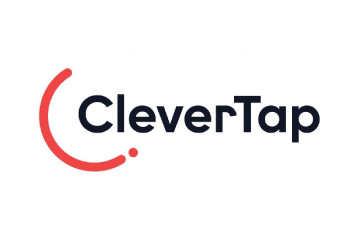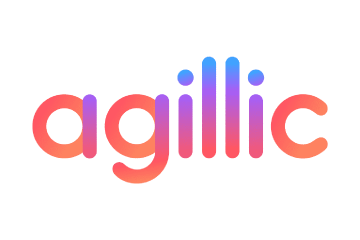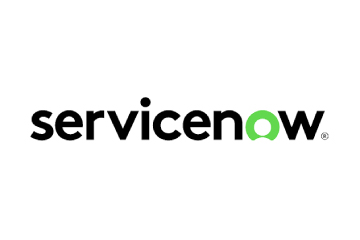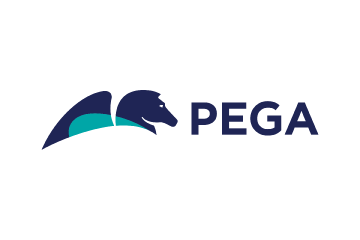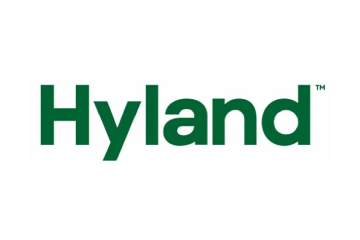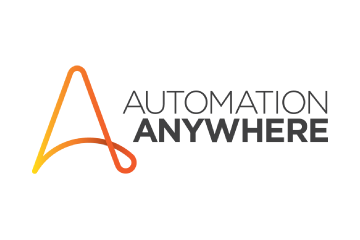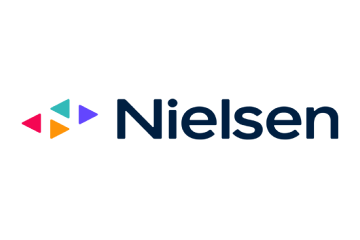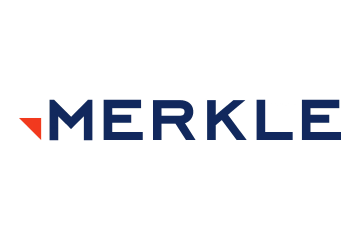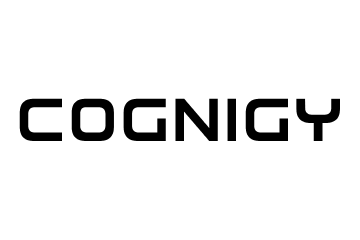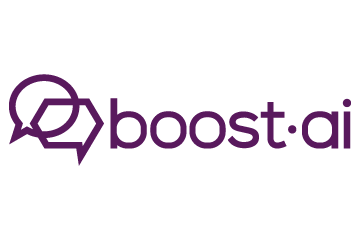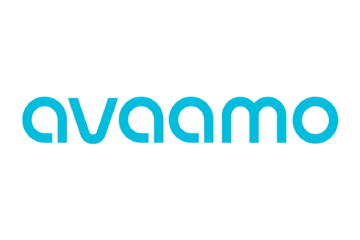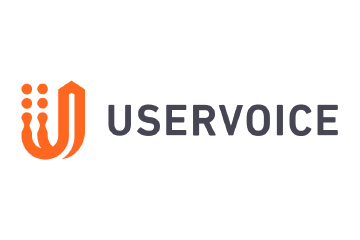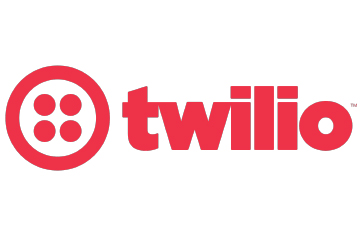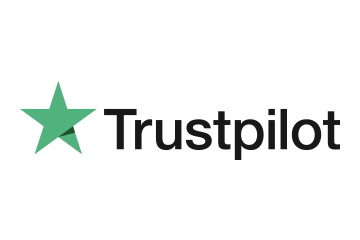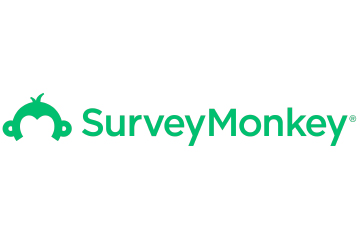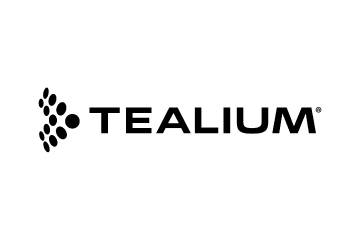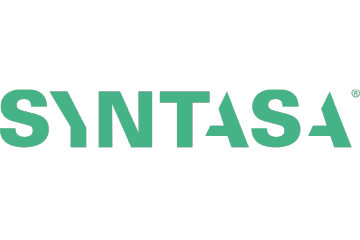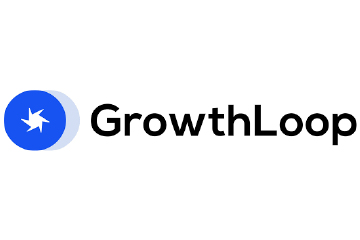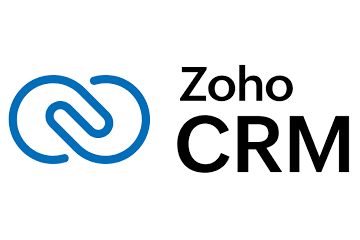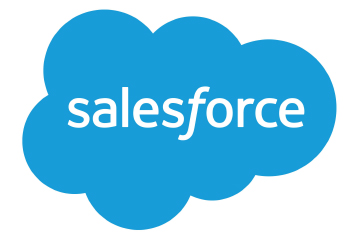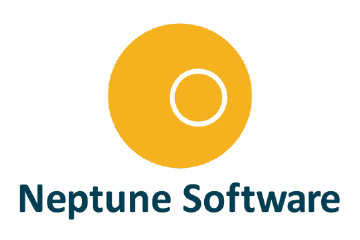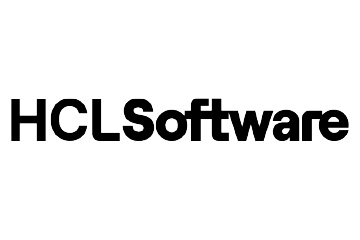The Future of Mobility is Uber Exciting
Uber’s steady revenue growth is attributed to categoric steps towards implementing innovative projects. The future of mobility with autonomous vehicles, freight AI, and bold partnerships across logistics and delivery, to name a few.
What to Read Next
- Xumo Introduces Advanced Identity Solution
- Viant Launches Outcomes: Fully Autonomous Open Internet Ad Product
- StackAdapt Launches In-Platform NPI Targeting & Measurement Capabilities
- OpenX Launches OpenXBuild for Real-Time Advertising Control
- MediaRadar Unveils Data Cloud for AI-Ready Marketing Intelligence

Uber is undergoing a major change to bridge the gap between innovation and scalability. At the centre of this evolution is its Growth Bets Team, a unit tasked not with incremental progress, but with unlocking step-change growth.
This team isn’t just handling day-to-day ride-hailing operations. Instead, they’re focused on building 0-to-1 business lines, entering uncharted markets, and launching entirely new products designed to scale fast and wide.
It’s a rare strategy in tech, and it’s already paying off. According to Uber’s Investor, the company’s revenue surged by 18%, rising from approximately $10.7 billion in Q2 2024 to $12.7 billion in Q2 2025.
In a press con recently, Dara Khosrowshahi, CEO at Uber, said, “Our platform strategy is working, with record audience, frequency, and profitability across Mobility and Delivery. But we’re still only beginning to unlock the platform’s full potential.”
Uber’s new direction revolves around three connected pillars: mobility, autonomy, and freight, each showing signs of sustainable growth. Here’s how Uber is putting that strategy into action in each pillar:
Mobility: Uber Partners with Lucid Group and Nuro
Uber is making major moves in mobility through alliances with Lucid Group and Nuro, positioning itself to shape the autonomous vehicle (AV) revolution.
Lucid’s upcoming Gravity SUV, boasting a 450-mile range and a modular interior, is built for the future of autonomous ride-sharing. Meanwhile, Nuro’s robotic delivery expertise adds a new layer to Uber’s last-mile delivery ecosystem.
This creates a dual approach: autonomous solutions for people and packages. Uber is building a mobility operating system, an integrated digital platform that powers ride-hailing, delivery, logistics, and autonomy under one ecosystem.
Autonomy: Baidu and Uber Join Forces to Push AV Deployment
Uber’s autonomous ambitions are going global. In partnership with Baidu’s Apollo, Uber is expanding its AV operations across Asia, the Middle East, and Europe.
Apollo Go already operates over 1,000 driverless vehicles in Dubai and Abu Dhabi, while WeRide is preparing to launch in 15 new cities. These developments underscore Uber’s mission to become the default AV platform outside of China.
With Baidu’s autonomous tech in its network, Uber is working to make self-driving rides more accessible and reliable, turning what once felt like science fiction into a daily option for millions of customers.
Freight: Uber Freight Unveils AI-Powered Logistics Tools
In the freight sector, Uber has unveiled a suite of AI tools as part of its expanding Uber Freight platform. Headlining the launch is Insights AI, a logistics-focused LLM designed to analyse supply chain data at speed and near-perfect accuracy.
After early success with companies like Colgate-Palmolive, which used the tools to spot inefficiencies and streamline operations, Uber Freight is now rolling out 30+ AI agents to support freight tasks end-to-end.
What started as a digital freight brokerage has become a full-service supply chain intelligence provider, capable of turning weeks of manual logistics analysis into real-time, actionable insights.
Beyond the Wheel: Uber’s Next Leap
Taken together, these initiatives are not just experiments; they’re all connected. They signal a larger ambition: to go beyond ride-hailing and build the digital backbone for how people, goods, and businesses move across the world.
With the Growth Bets Team, Uber’s efforts in AV deployment, logistics AI, and platform unification are reshaping mobility on a global scale.
Hear from Praveen Ramaswamy, Growth Bets Lead – EMEA Mobility, Uber at Unlocked: Mobile & App Growth Summit Amsterdam.















